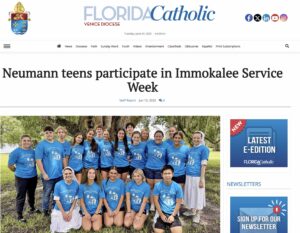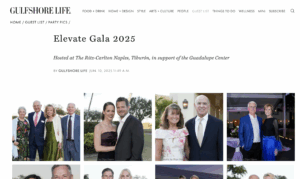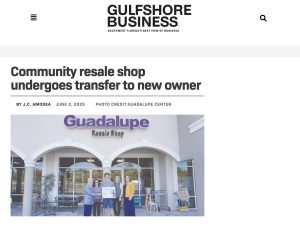Personal relationships are a critical component of philanthropy.
Donors don’t often give solely because they support a cause. They give because they trust the people behind the cause. It’s those individuals who set policies into motion, establish successful programs and ensure exceptional financial stewardship, and ultimately accomplish an organization’s mission and vision.
During the pandemic, though, face-to-face communications were limited at best. As a result, a study published by the Center for Disaster Philanthropy and Candid Research Solutions found that one-third of nonprofits in the U.S. were at risk of closing within two years because of financial impacts from COVID-19.
Not every nonprofit floundered during the pandemic, though. In fact, many flourished by implementing innovative outreach programs that connected with donors and potential supporters on a deeper, more personal level.
A return to “normalcy” will bring back traditional donor relations activities, like fundraising galas and social events. However, organizations that adopted new communications strategies during the pandemic discovered additional ways to connect with key stakeholders, and it’s likely that some or all of the following strategies will remain long after the pandemic:
· Video: As the only means of face-to-face communications for a time, video offered opportunities for personal connections through personalized messages, one-on-one conversations and group presentations, essentially connecting organizations to a larger audience through Zoom, Teams or other platforms.
· Social media: As a running news feed, social media allows nonprofits to control the message while offering more frequent updates than traditional news media can provide. Visuals are especially important in allowing audiences to see how the organization is accomplishing its goals.
· Cell phones: Text messages and phone calls offer simple ways for periodic check-ins to stay top of mind with supporters. One-on-one communications, even without back-and-forth dialogue, helps maintain a positive relationship.
· Email: Platforms like MailChimp and Constant Contact allow organizations to create monthly or quarterly e-newsletters to reach supporters, philanthropic partners, volunteers, community leaders and even media. Crisp designs with colorful images and catchy headlines keep recipients engaged and help drive traffic to the website.
· Virtual events: After canceling in-person philanthropic events in 2020 and early 2021, many organizations are considering smaller galas or hybrid events for the 2021-22 fundraising season. Virtual events don’t have to disappear, though. With lower production costs and a shorter planning timeline, virtual events offer opportunities to create dynamic, authentic events that resonate with audiences near and far. Online donation portals are secure and fast.
· Small gatherings: While face-to-face fundraising and large-scale events might not be as frequent in the near future, there is a growing interest in more intimate gatherings. One-on-one conversations in a safe, familiar environment with fewer attendees offers a good opportunity to personally deliver new collateral, such as a printed annual impact report, that helps demonstrate the importance of philanthropic support and overall organizational success.
Although the pandemic forced nonprofits to think “outside the box,” many strategies to communicate with donors and influencers are here to stay and can help deepen relationships.
– By Kelly Krupp, CFPE, vice president of philanthropy at Guadalupe Center.
How to Give: DONATION GUIDE






